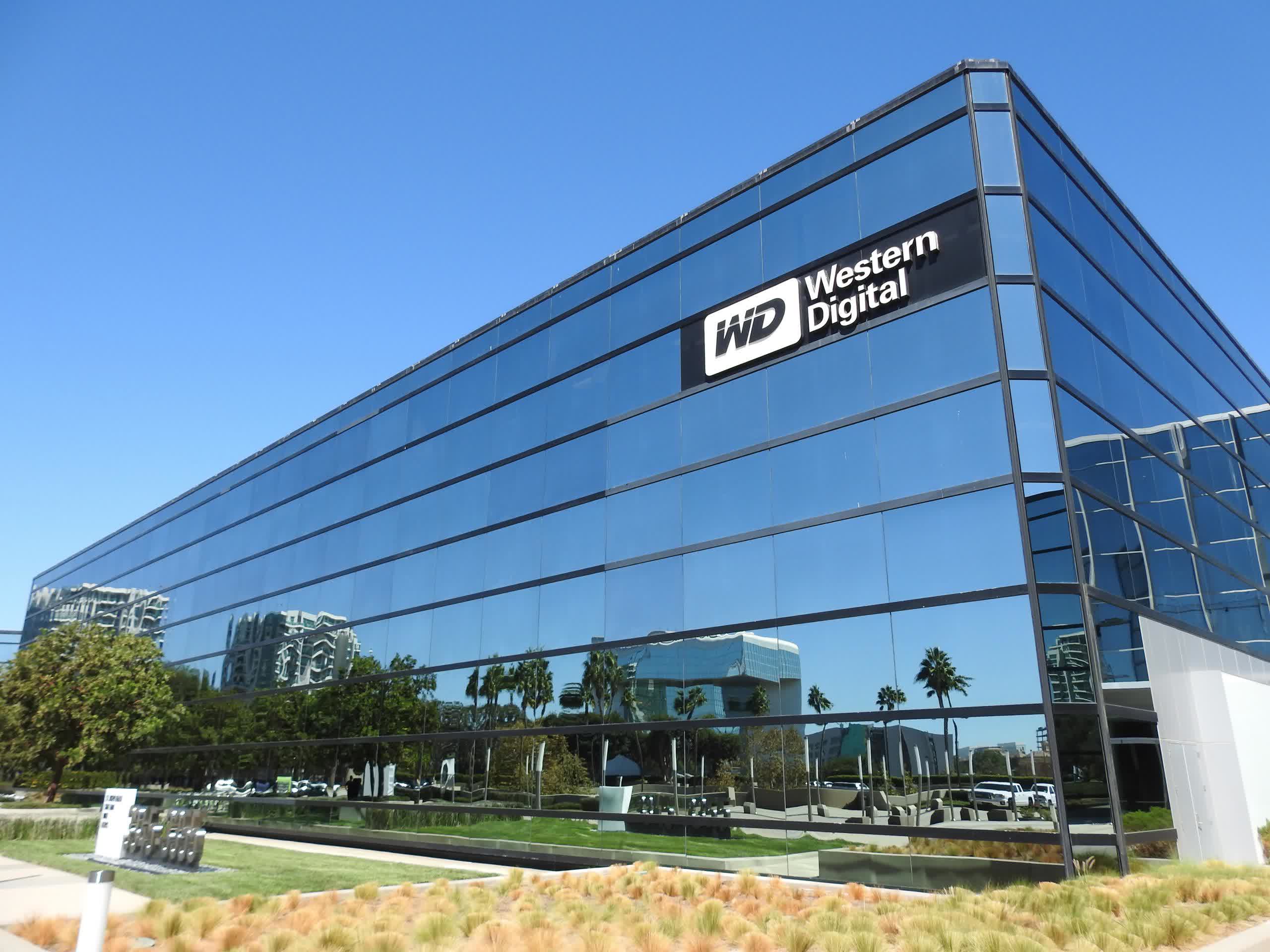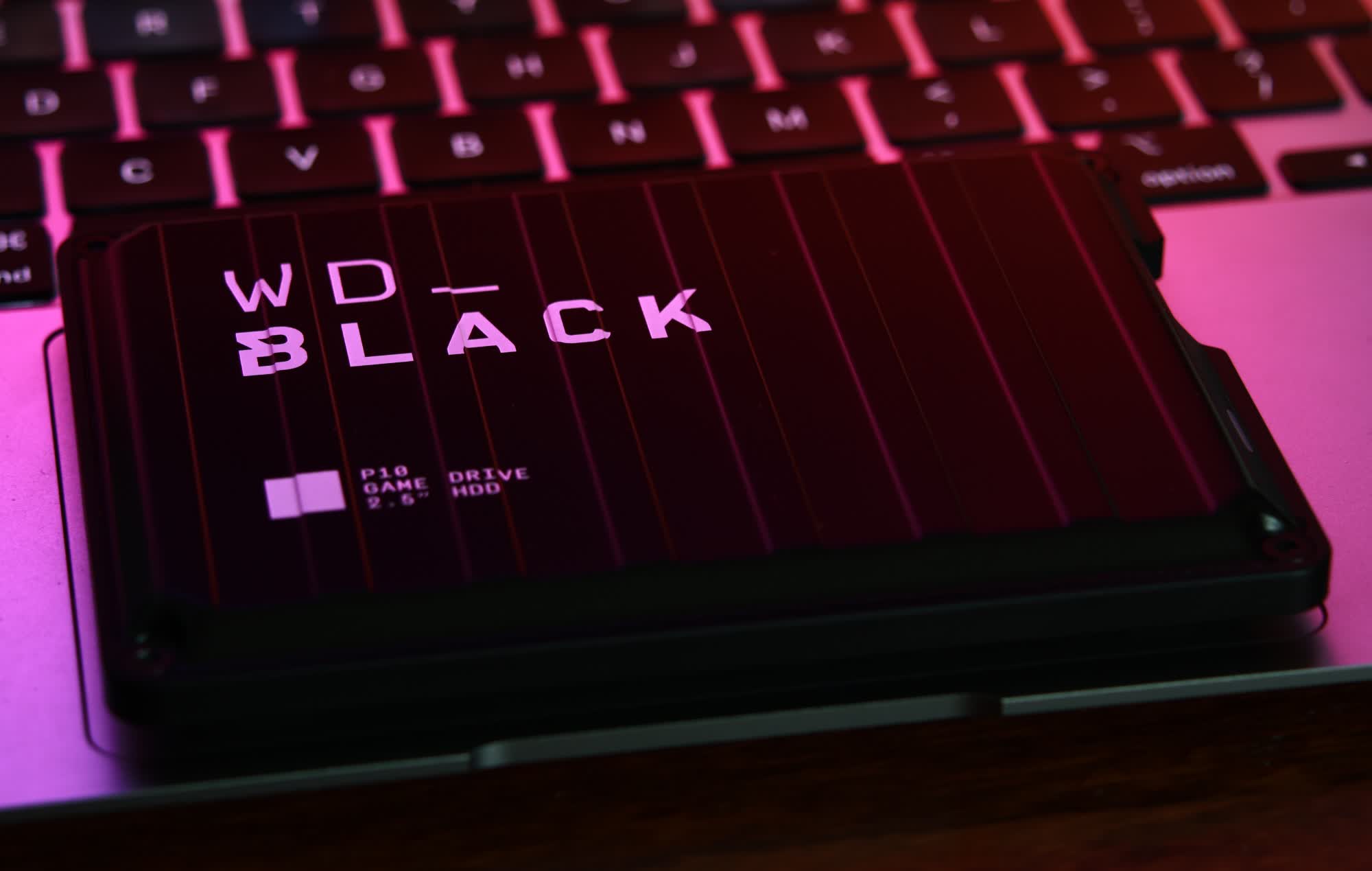The big picture: Western Digital is not going to merge with Kioxia after all, seemingly bringing an end to years of speculation and rumors on the subject. Had Western Digital and Kioxia been able to merge as originally planned, it would have created a company that controlled roughly a third of the NAND flash supply worldwide.

As far back as mid-2021, we heard rumblings that Western Digital was in advanced talks to merge with Japan's Kioxia (formerly known as Toshiba Memory). The two sides spent more than two years trying to hammer out all of the details. The deal appeared to be in the home stretch this month but at the 11th hour, Kioxia investor SK Hynix said it would not back the deal due to its potential impact on the value of its investment in the company.
Western Digital, seeming at wits' end, has now announced that its board of directors has approved a plan to spin off its flash memory business. The move will create two independent, public companies that will be better positioned to capitalize on their strengths and opportunities, we are told.
Share value in Western Digital is up more than seven percent in morning trading on the news.

David Goeckeler, Western Digital CEO, did not fully shut the door on the potential for a merger down the road, noting that they will remain open to strategic opportunities that "unlock further value in both our HDD and flash investments and assets."
Western Digital went all-in on flash memory with its $19 billion purchase of SanDisk, which closed in 2016. The pandemic rocked the supply chain a few years later and demand has since slumped, leading to a market overloaded with inventory. Significant price cuts have helped, but recovery has been slow.
The spin-off is expected to be completed by the second half of calendar year 2024.
In its fiscal first quarter 2024 financial report out today, Western Digital said revenue was down 26 percent compared to the same period a year earlier but increased three percent sequentially.
Image credit: Amt8u
https://www.techspot.com/news/100667-western-digital-spin-off-flash-memory-business-after.html